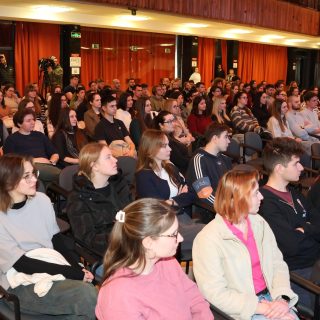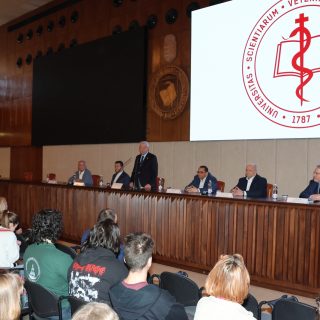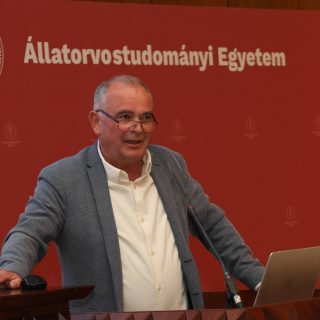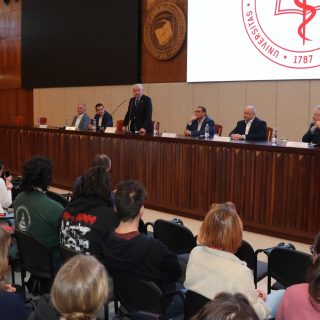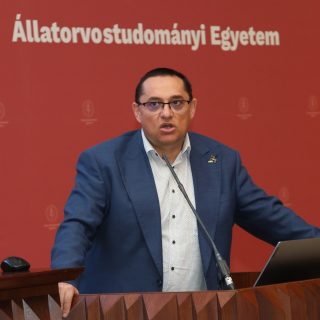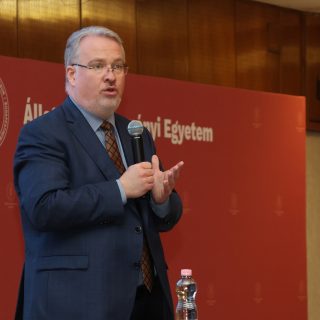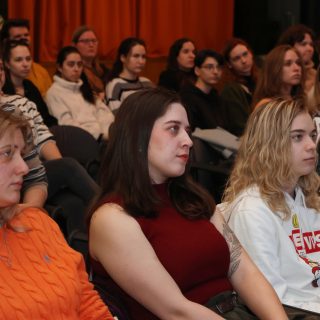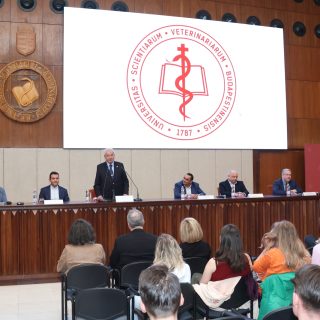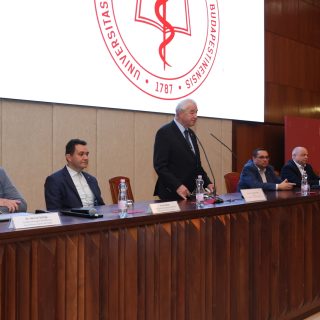Foot-and-mouth disease (FMD) has re-emerged in Hungary. The last recorded outbreak in the country occurred in 1973, but in March this year, the virus reappeared in Kisbajcs, Győr-Moson-Sopron County. Due to its extreme contagiousness, authorities immediately implemented measures to prevent the outbreak from spreading. As a result, the outbreak was successfully contained. Currently, no new suspected cases have been registered in Hungary, but strict monitoring and screening procedures will continue in the coming months.
FMD is a highly contagious viral disease that affects cloven-hoofed animals, including cattle, pigs, sheep, goats, deer, wild boars, and other species. Infected animals develop a fever and painful blisters in their mouths, on their hooves, and teats. Although not all infected animals die from the disease, affected herds are culled because FMD significantly reduces productivity. Dairy cows produce much less milk, beef cattle lose up to one-third of their muscle mass, and infected animals can remain virus carriers for years (e.g., buffalo for five years, cattle for 3.5 years). While a vaccine exists, it does not prevent infection but only mitigates symptoms, making diagnosis more challenging. Vaccination plays a role in outbreak control by reducing virus shedding, but in disease-free countries, vaccinated animals are still culled, leading to significant economic losses.
International regulations require that any country affected by an FMD outbreak must halt all meat exports, which, along with restrictions on animal movement, results in severe financial losses for farmers and the meat industry. Therefore, effective prevention and rapid, well-executed outbreak control measures are critical not only for animal health but also for the national economy.
Recognizing the gravity of the situation, the University of Veterinary Medicine Budapest established an epidemic response committee on March 10. This committee, involving university experts, aims to protect the university’s teaching farm and prepare students to assist authorities in the field if needed. In response to a call from Rector Prof. Dr. Péter Sótonyi on March 10, nearly 150 fourth- and fifth-year students, along with members of the Livestock and Food Chain Safety College, volunteered overnight to help combat the outbreak. This overwhelming response highlights that future veterinarians view their profession as an academic obligation and a true calling.
As part of the preparation, in addition to theoretical and practical training, the university organized a comprehensive professional conference on March 19 in its Great Hall to present epidemic control measures. Speakers included Dr. Imre Nemes, President of Nébih (National Food Chain Safety Office); Dr. Zoltán Ács, Chief Veterinary Officer of Győr-Moson-Sopron County; Dr. György Hercsel, former Chief Veterinary Officer of the county; and Dr. András Lorencz, Director of the National Epidemic Control Center. The goal was to provide students with a clear understanding of disease identification, transmission mechanisms, and containment strategies. The presentations also included visual fieldwork documentation, helping students prepare for hands-on tasks. The event was moderated by Dr. Miklós Süth, Strategic Vice-Rector and Chair of the Epidemic Response Committee, who emphasized that outbreaks like this highlight the necessity of balancing theoretical and practical knowledge in veterinary education.
On March 22, students began fieldwork at animal farms within the designated surveillance zones under the supervision of veterinary authorities. Their role is crucial in conducting secondary screening tests to help prevent further spread of the disease. This volunteer work plays a key role in containing the outbreak and provides invaluable hands-on experience that will benefit students throughout their careers.
The conference in pictures:



